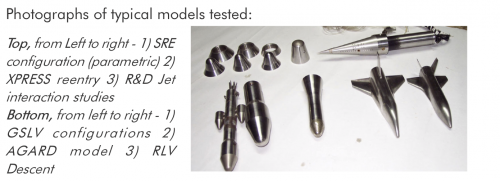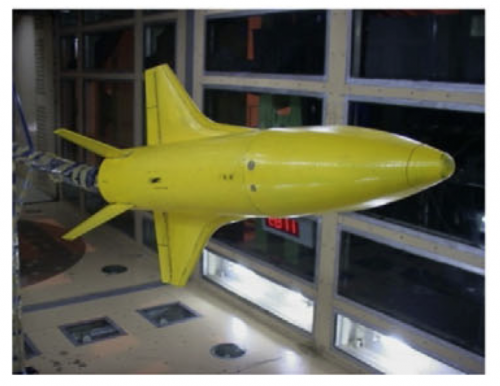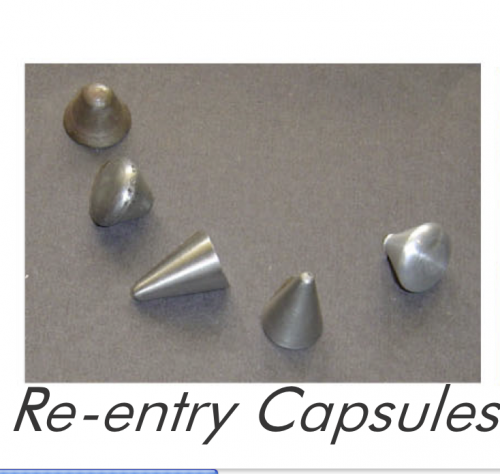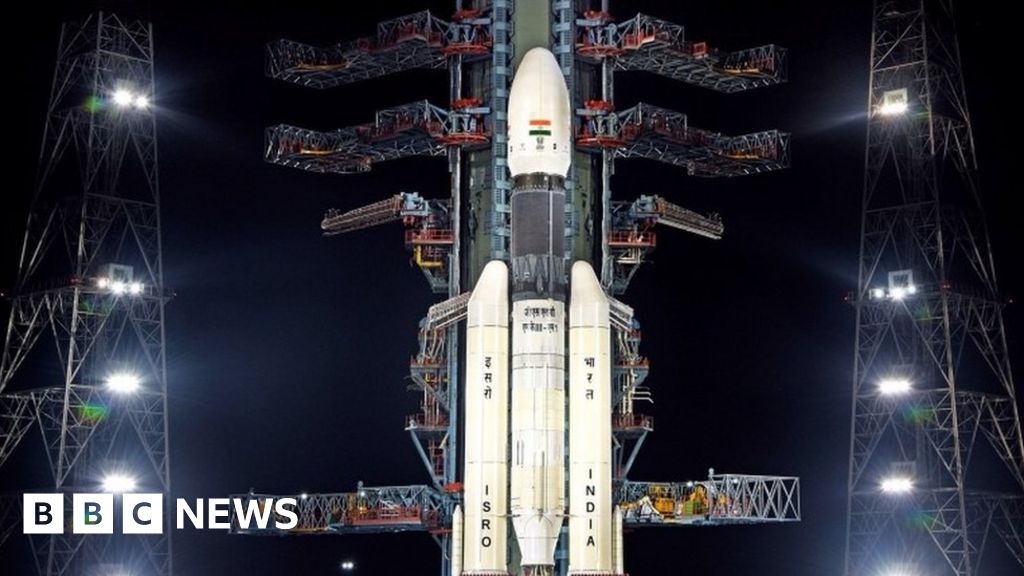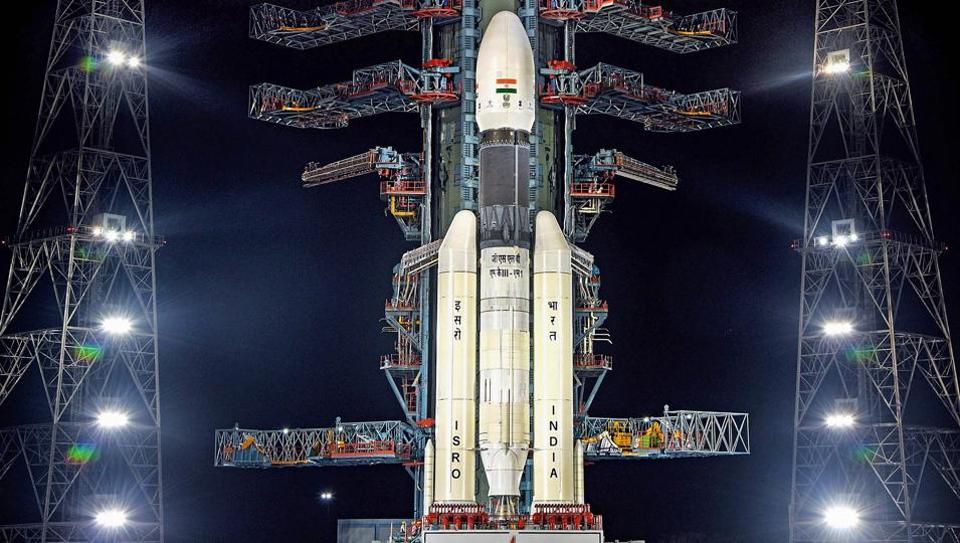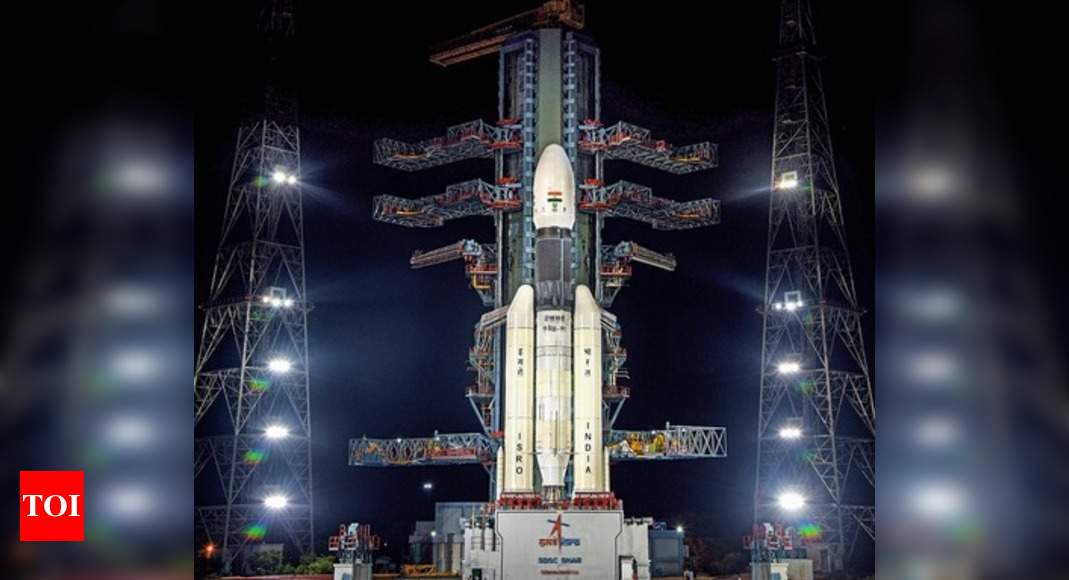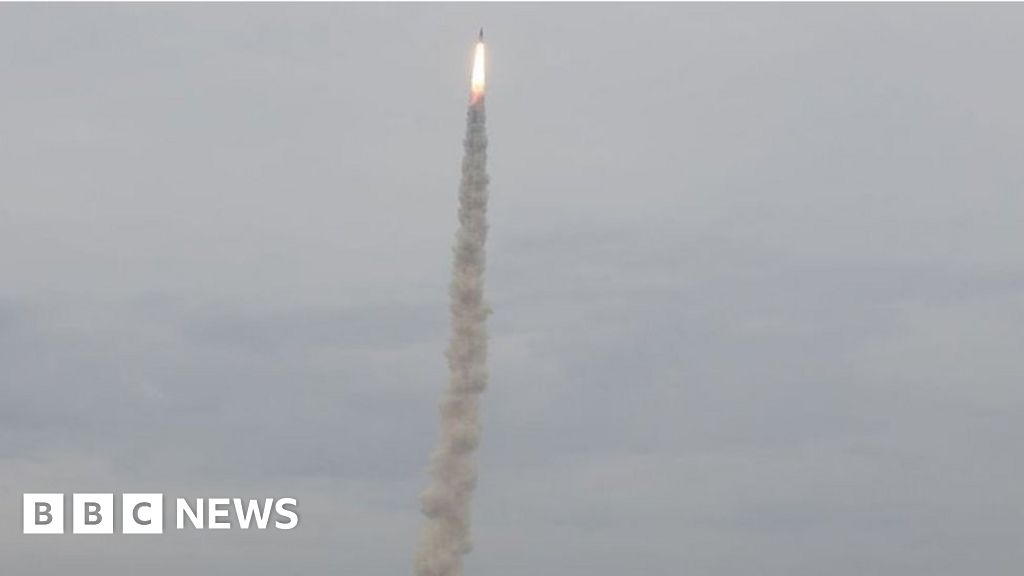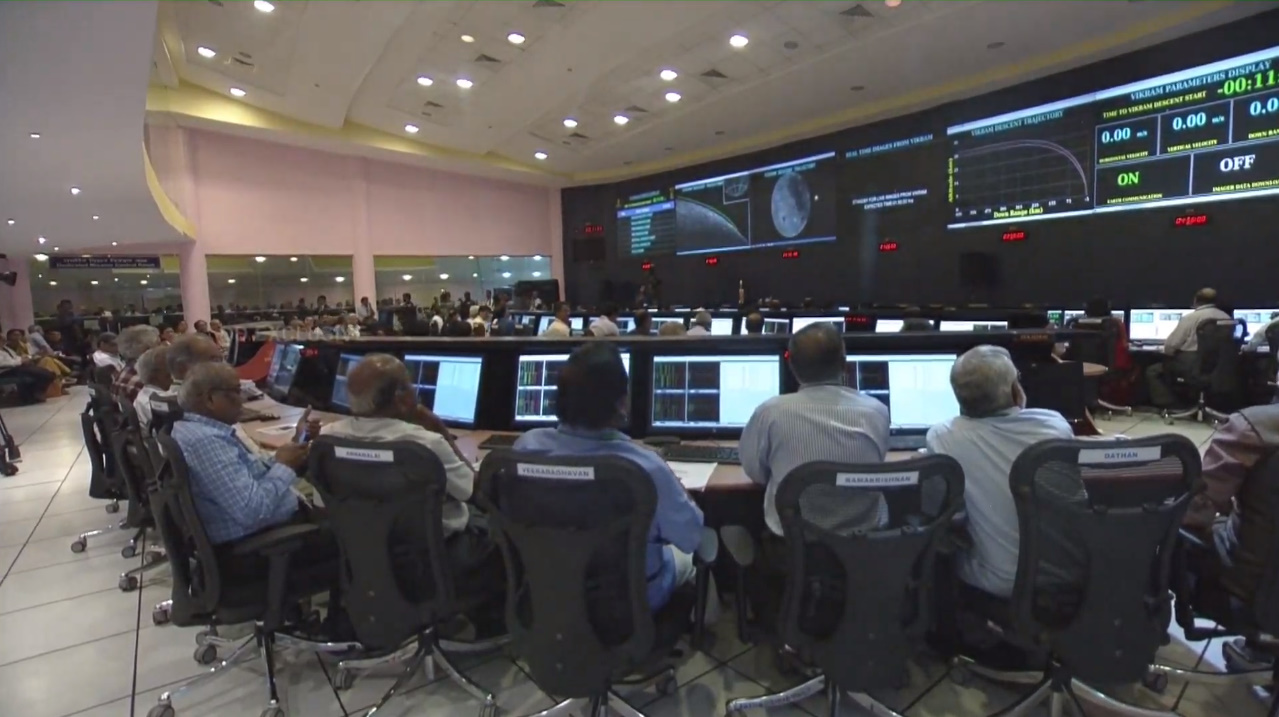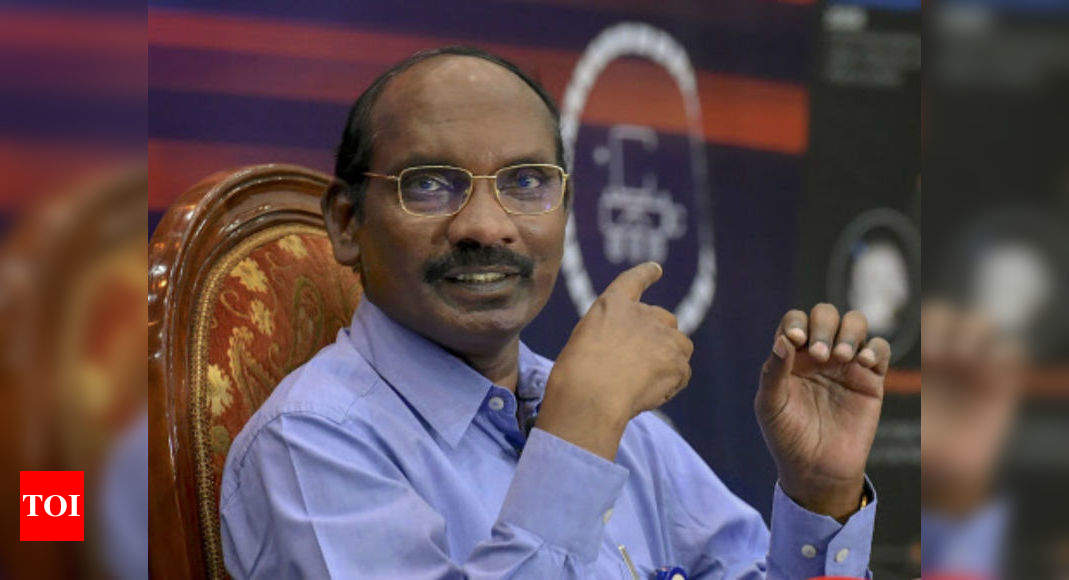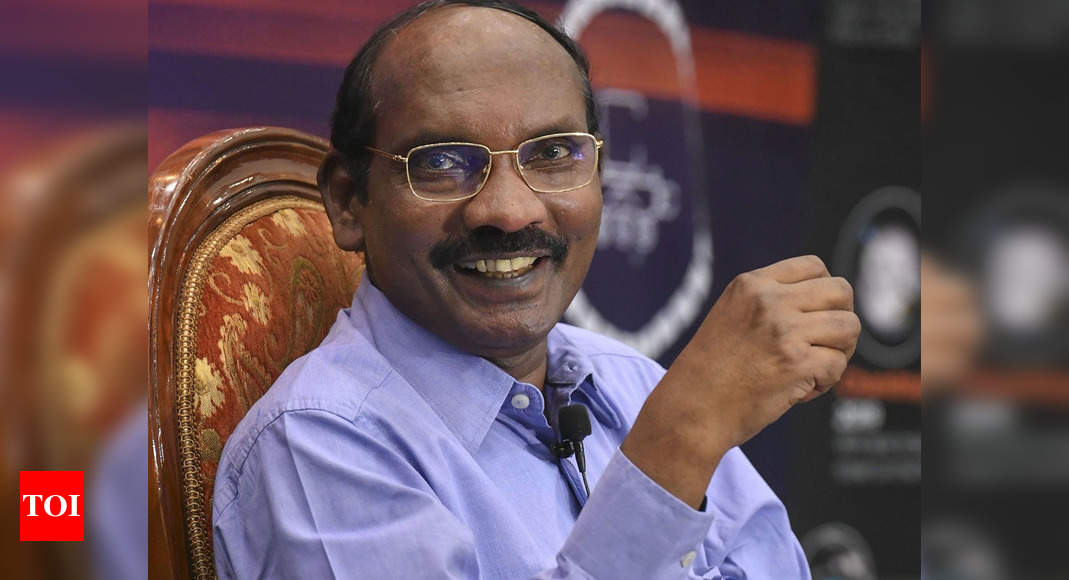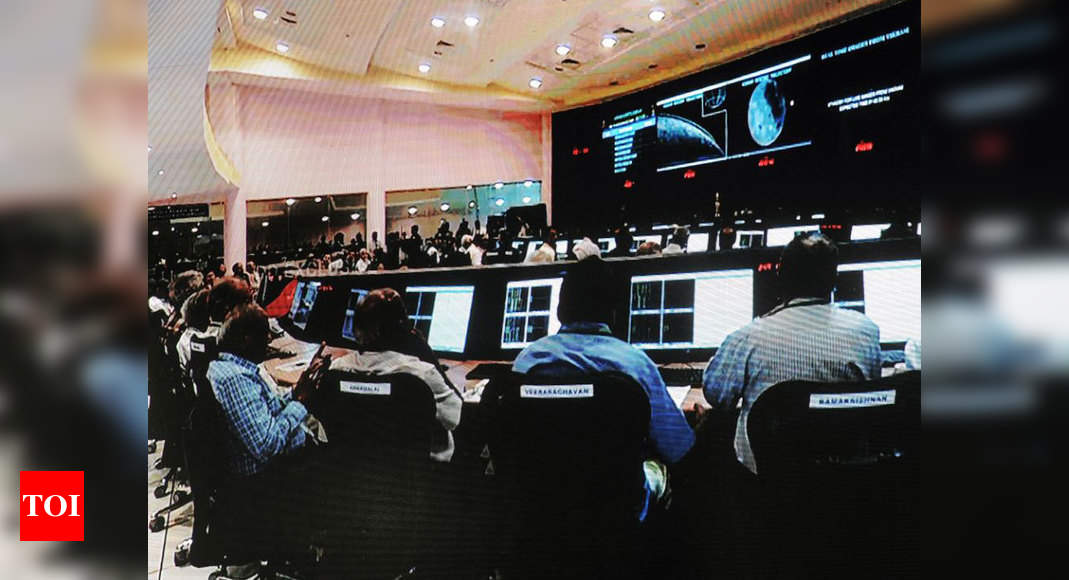antigravite
ACCESS: Top Secret
- Joined
- 25 April 2008
- Messages
- 836
- Reaction score
- 258
Hi all,
Future indian space developments being so extensive (previous thread), I offered to narrow down this one to a very specific request.
Please find attached a picture, probably cropped from an original picture, of a very intriguing presentation model.
Photo source is unknown (yet). Reference welcome.
This photo shows a 4-inlet hypersonic experimental vehicle or missile concept.
Concept name includes "2000", possibly indicative of pre-2000 research.
The markings on the left probably refer to the much bigger, scale 01 HSTDV mockup.
Photo was likely taken in 2007, at which time the HSTDV mockup was likely produced.
Question: does anybody know anything about this model which is :
-> not HSTDV
-> not AVATAR
-> not referenced in any document I ever came across.
Thanks. AntiGravite
Future indian space developments being so extensive (previous thread), I offered to narrow down this one to a very specific request.
Please find attached a picture, probably cropped from an original picture, of a very intriguing presentation model.
Photo source is unknown (yet). Reference welcome.
This photo shows a 4-inlet hypersonic experimental vehicle or missile concept.
Concept name includes "2000", possibly indicative of pre-2000 research.
The markings on the left probably refer to the much bigger, scale 01 HSTDV mockup.
Photo was likely taken in 2007, at which time the HSTDV mockup was likely produced.
Question: does anybody know anything about this model which is :
-> not HSTDV
-> not AVATAR
-> not referenced in any document I ever came across.
Thanks. AntiGravite
Attachments
Last edited:


